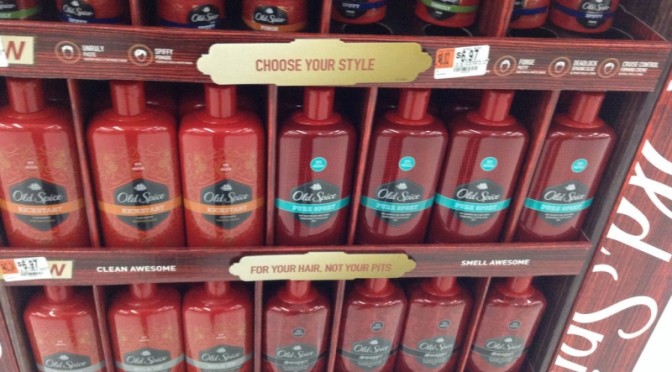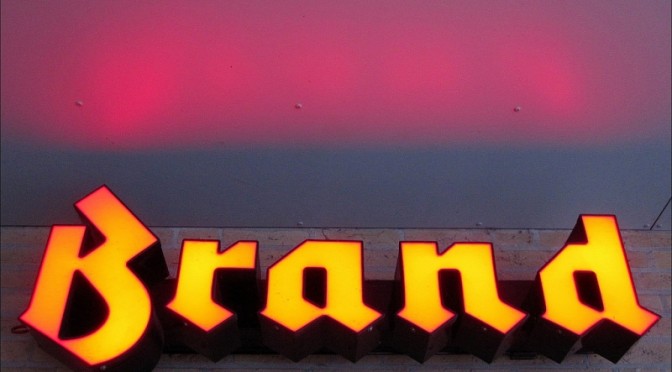The entrepreneurial spirit is alive and well in the United States in the 21st century as adults, and even teenagers, are looking to different ways to make a living during trying times in a struggling economy. New and growing businesses will be the helping hand that gets this country back on it’s feet and revitalizes this nation as a whole. We’ve been blessed with the ability to learn from our predecessors that lived before, during, and after the Great Depression and by ripping a page out of history, we can once again hold our heads high and bring back a winning and thriving attitude that has been lacking since 2008.
While some of the biggest corporations that we know today were started in the early 20th century, they weren’t the only businesses that cured local economies, and later the United States, of the Great Depression. Regionally around the country there may be a very successful business that was started in the 1930’s, but it’s not a conglomerate and it could be possible that it took this company decades to get where they are today, as technology has allowed businesses to reach more people in a broader area.
You may ask why am I pumping the brakes on being a national brand, or why focus on successful regional businesses. The answer I can give is that you don’t have to be a conglomerate to be successful, own a big house, have exotic cars, and live a life that you think is out of the realm of possibility without being nationally recognized. It’s a lie, and with determination, passion, and thinking outside the box, you could run a seven figure company from your office without getting the recognition of some of the biggest companies today.
TV shows such as Shark Tank and The Profit prove that one store, or a company that distributes their products regionally, can be prosperous if they manage the business properly and there is a need for the product or service the business is offering. During an episode of Shark Tank last season, a company called Kodiak Cakes went into the tank to pitch their pancakes to the sharks. They were selling their product in Target stores and were making $2.5 mil in sales that year, with projections of sales doubling in the following year. However, the issues the sharks had was the name of the company and the packaging of the product itself because they believed it sounded too much like a hiking product, and a kodiak bear was on the box which somehow confused them.
After doing some research, Kodiak Cakes are based in Salt Lake City, Utah. The name of the company and having a bear on the packaging makes sense because of where they are regionally in the United States. While the sharks didn’t see them becoming a nationally recognized business, they certainly have the branding to appeal to customers in the region of the country in which outdoors and hiking is more of a pastime, than in a densely populated city where the great outdoors is skyscrapers and taxi cabs.
Another great example of successful regional business that would later go national is Dunkin’ Donuts. Founded in Weymouth, Massachusetts, this once small donut shop now has the slogan, “America runs on Dunkin”. Their coffee is what makes people come back for more, and through word of mouth, and growing gradually, they’ve become a empire that if they didn’t exist, America might cease to function.
You should always have dreams and aspirations of growing into a conglomerate, but always know that you can run a multi-million dollar business by staying local and or regional. By being smart and managing the business right, you can be successful and watch your business grow through the years.





